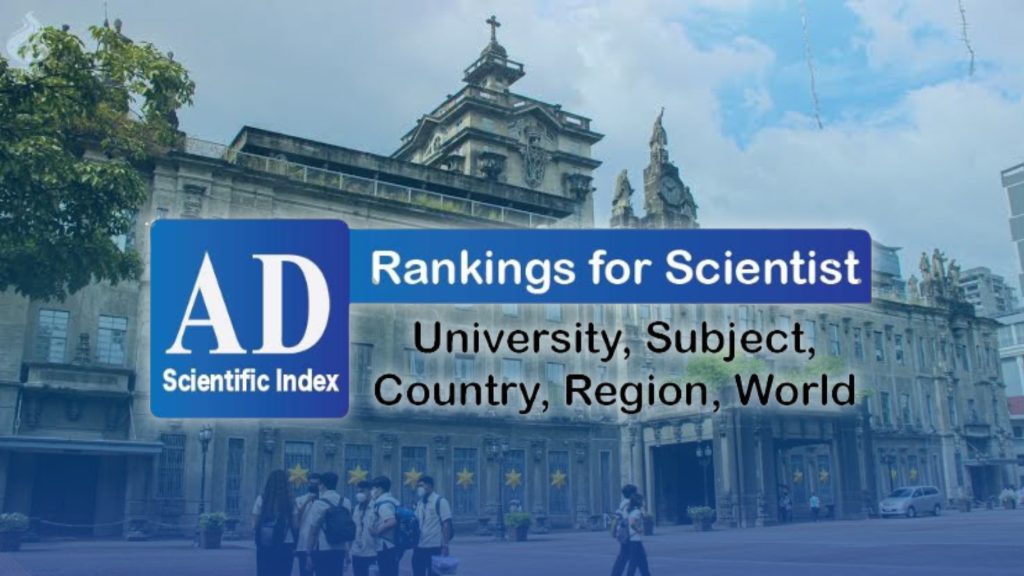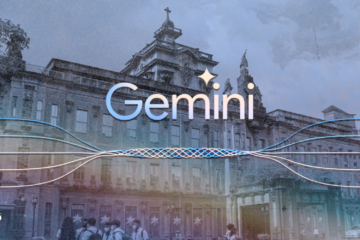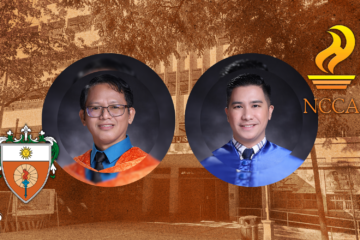
THE UNIVERSITY of Santo Tomas placed sixth among 323 research institutions in the country and outperformed all ranked Philippine schools in terms of research in history, philosophy and theology at the 2025 Alper-Doger (AD) Scientific Index.
In the latest edition of the assessment, UST also rose a notch higher to fifth place among 293 Philippine universities, logging a total of 330 researchers, two of which were in the global top 10% of best scientists.
The España-based school topped the nationwide ranking for history, philosophy and theology among 55 institutions, with Ivan Efreaim Gozum of the Institute of Religion emerging as the top Thomasian scientist. Gozum was also in the country’s top 3% specializing in the area.
Meanwhile, the University ranked 5,483rd out of 24,325 institutions worldwide and 1,807th among 11,717 institutions in Asia.
The University of the Philippines (UP) was the top Philippine research institution (1,723rd) worldwide, with a total of 1,400 research staff, 19 of which are in the global top 10% of best scientists.
The International Rice Research Institute clinched the second spot with an overall ranking of 2,047th, followed by De La Salle University Manila (2,547th); UP Diliman (3,126th); and Ateneo de Manila Univesity (3,983rd).
Also part of the top 10 research institutions in the country are Siliman University, UP Los Baños, UP Manila and University of San Agustin.
The rankings were based on the universities’ H-index score, or the total count of published papers in relation to the amount of citations, and the number of scientists in each subject.
In terms of total citations, UST was sixth among 293 Philippine universities, 1,399th out of 10,060 in Asia and 3,769 among 18,585 globally.
UST landed fourth place among 125 institutions in the medical and health sciences subject nationwide, while it ranked fifth among 141 in art and humanities.
The University’s rankings in other subjects are as follows:
-
“Others” ranking (fourth out of 231)
-
Architecture and design (ninth out of 20)
-
Natural sciences (ninth out of 160)
-
Social sciences (tenth out of 195)
-
Education (14th out of 199)
-
Economics and econometrics (14th out of 72)
-
Engineering and technology (16th out of 187)
-
Business and management (20th out of 141)
-
Agriculture and forestry (21st out of 104)
-
Social sciences and humanities (24th out of 269)
UST had five scientists in the global top 20%; 20 in the top 30%; 43 in the top 40%; and 69 in the top 50%.
Harvard University in the United States (US) was the number one research institution worldwide. It was followed by the Universidade de Sao Paulo USP in Brazil, The University of Michigan and Stanford University, both in the US.
The AD Scientific Index is a ranking system that analyzes an institution’s scientific performance and productivity of its affiliated researchers. The latest edition covered a total of 24,325 institutions and 2,395,163 scientists across 220 countries. F



